Our Blog - South Africa Safari - Day 4
Last day in South Africa and it was a "free" day within the tour package. We opted for another optional add-on, which was a full-day trip to the South African wine area. South Africa doesn't have as long of a history as France, only dating back to 1659. Please forgive the text on the bus windows in these pictures, but I really wanted to get them and we weren't stopping (and I was on the wrong side of the bus). This is Table Mountain, that you saw yesterday in the brilliant sunlight. This is why the itinerary said it was "weather dependent" and why we called ourselves the "lucky bus". Look at the cloud cover!

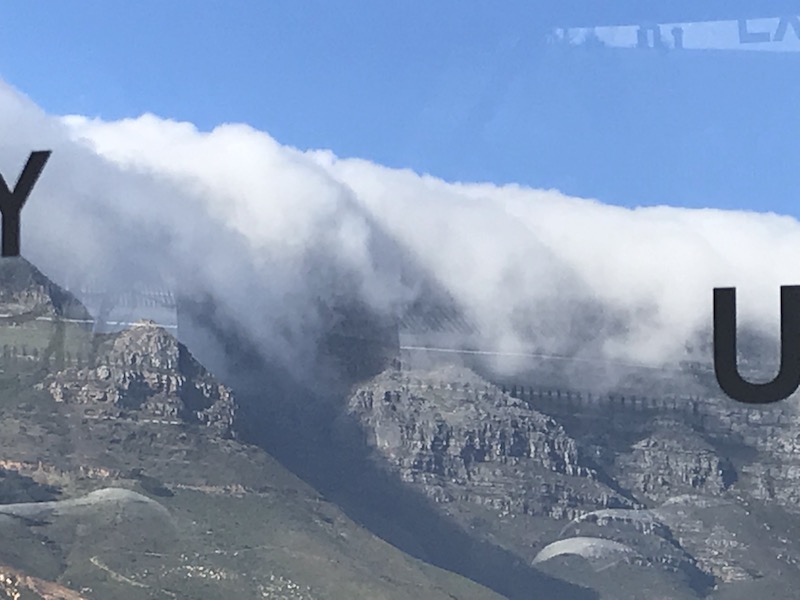
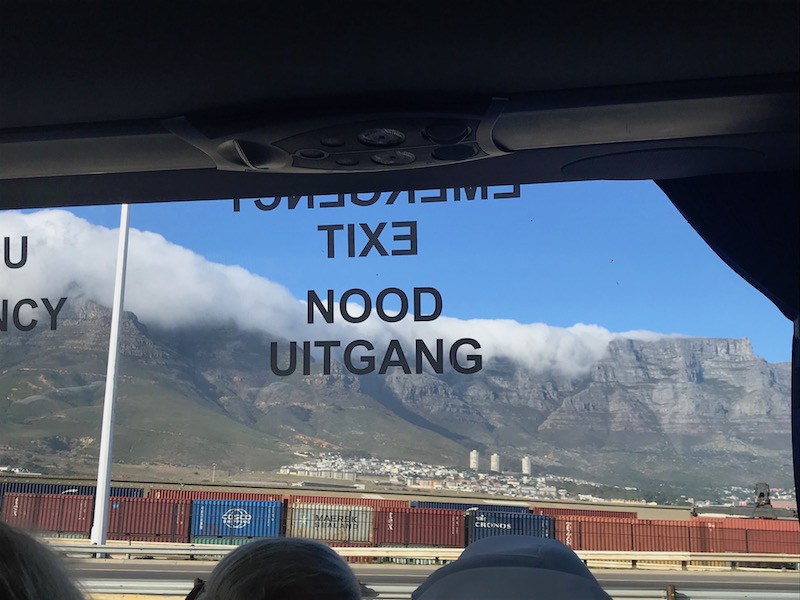
By the 1900's, they were creating more supply than demanded and some wine that wasn't sold was literally poured out into local rivers and streams. A cooperative was formed in 1918 called KWV and they attempted to set policies for all of the wine producers. Under the Apartheid government, most countries boycotted exports from South Africa, depressing the market. This is a bit of irony because, as our tour guide explained, the concept of Apartheid actually started in the Franschhoek wine valley. Our first stop was at KWV, the cooperative that I mentioned, which is now a private winery. We got to walk through their cellars and our guide gave us quite a bit of information on how they work and their wines. As with many vineyards, they age in French Oak barrels.
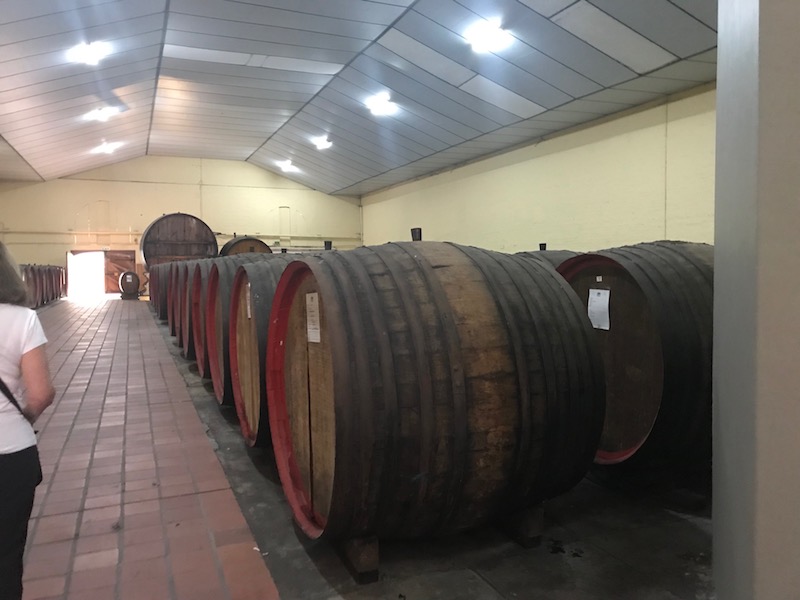
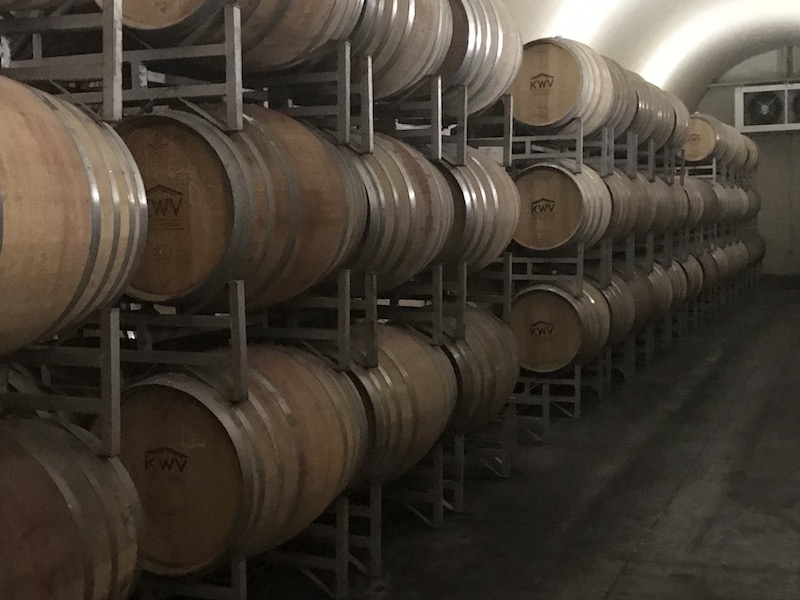

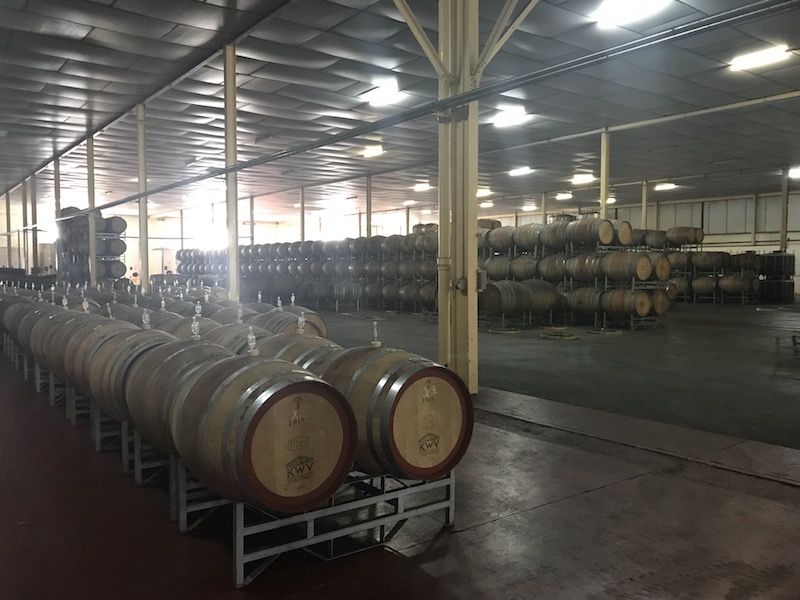
This is "Big Bill", which is named for William "Big Bill" Millar, who was a boxing champion, a Rugby player, and captain of the Springbok rugby team during South Africa's Tour of Great Britain in 1906. He was also the first General Manager of KWV. This Oak vat holds almost 22,000 liters, and was hand built in 1843 from French Oak.
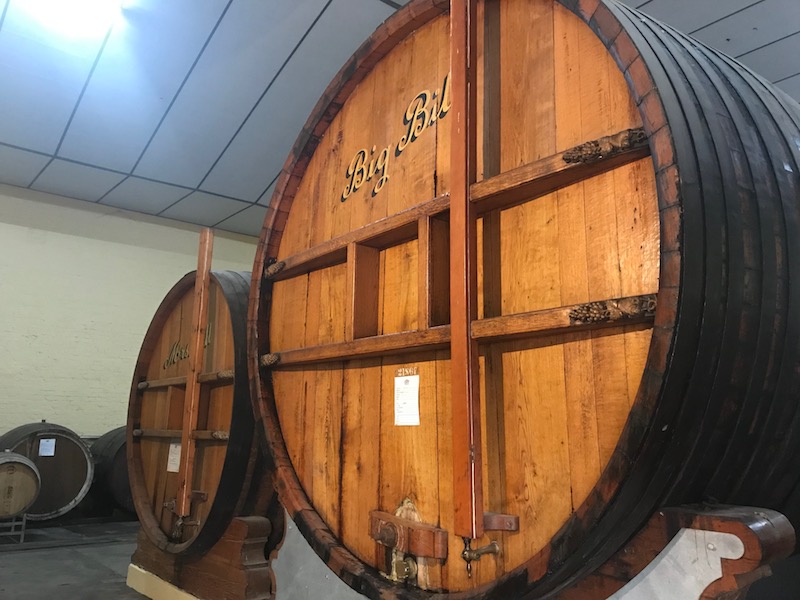
These are all highly carved wine barrels that show scenes from the history of South Africa and South African wines. The first close-up (shown in the 3rd picture) is dedicated to Sir Francis Drake, who rounded the Cape of Good Hope in 1580. Next is the harvest (2 pictures, one of the bottom with a saying), and then the crushing of the grapes.
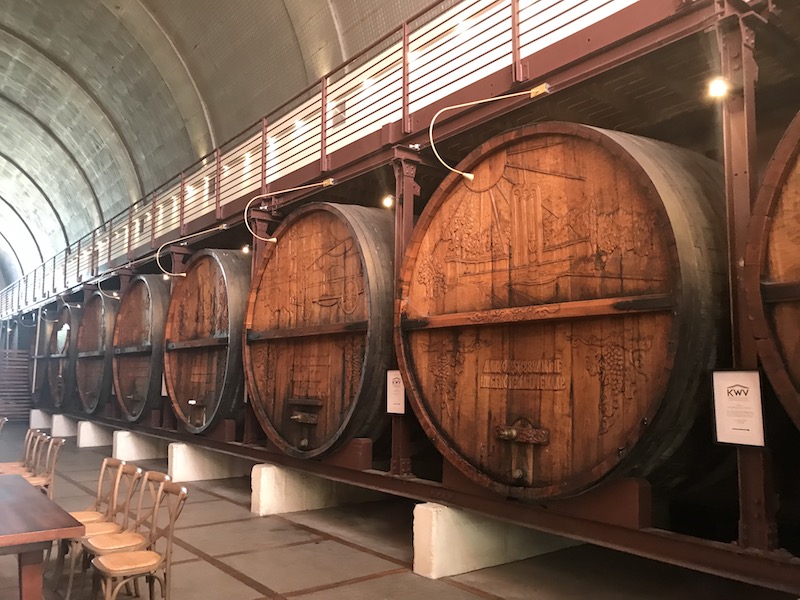




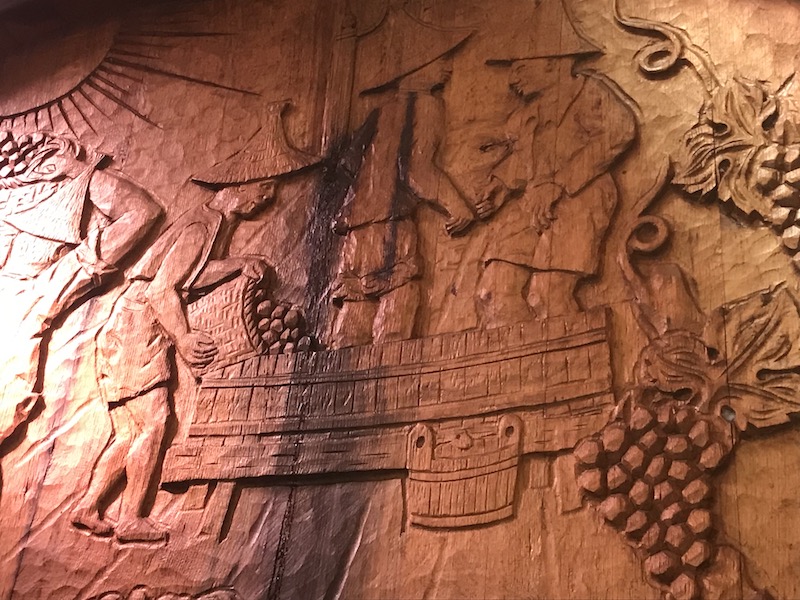
After tasting a set of their wines, we headed for a quick stop at Drakenstein Prison, formerly known as Victor Verster Prison. It is famous for being the location where Nelson Mandela spent the last part of his imprisonment for campaigning against apartheid. In 1982, Mandela was transferred from Robben Island (maximum security) to another prison in Cape Town, and then here in 1988. He lived in a private house inside the prison compound while doing the final negotiations for his release, which happened on Feb 11th, 1990. We just stopped at the gate, where there is a statue of Mandela.
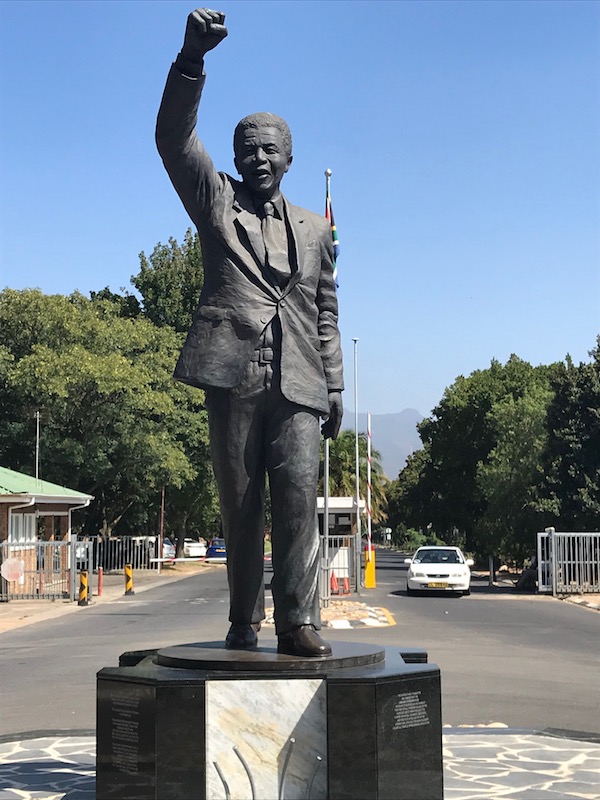
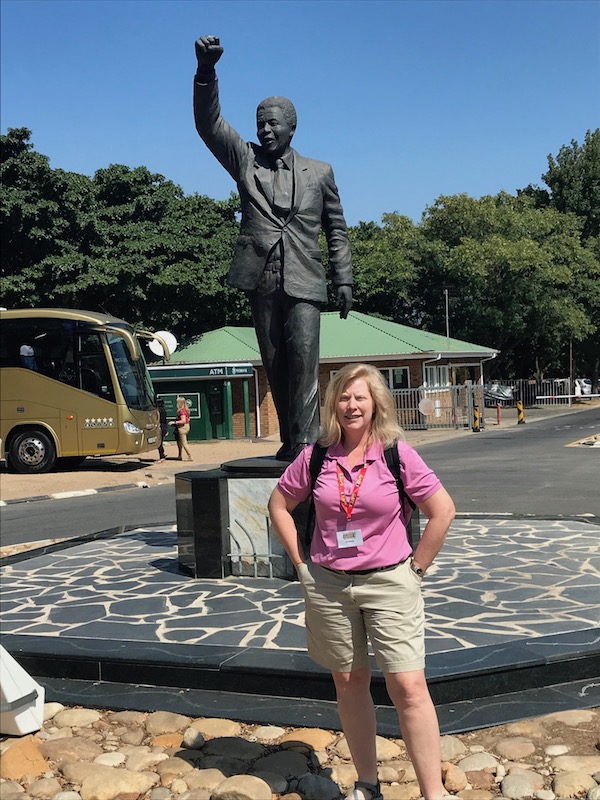
We stopped for lunch in the town of Franschhoek, which was settled in 1688 by French Huguenot refugees (Franschhoek means "French Corner" in Dutch). As you drive through, you see many of the vineyards have French names. As you enter town, there is a Huguenot memorial dedicated to those who came here were fleeing religious persecution, especially from Catholic France. The central female figure, created by Coert Steynberg, personifies religious freedom, holding a bible in one hand and a broken chain in the other. She is casting off her cloak of oppression.
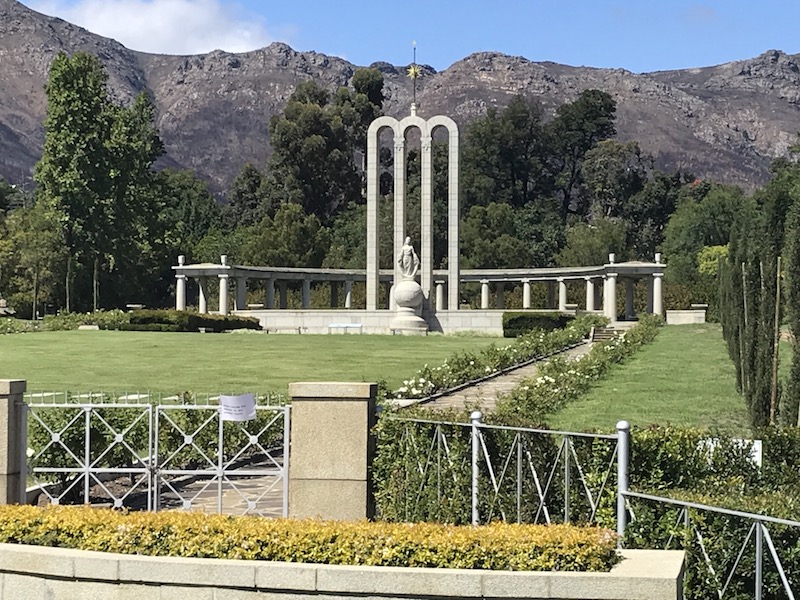
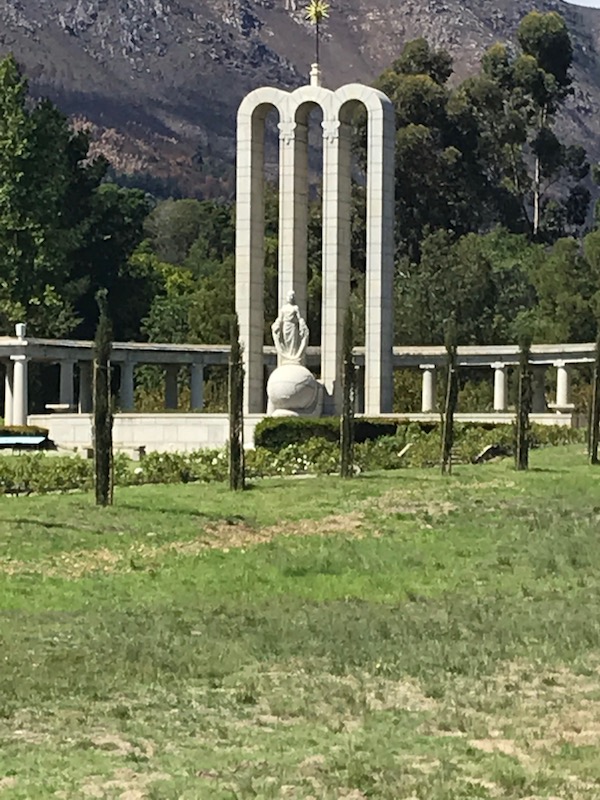
And the little Dutch Reformed Church that was built in 1847.
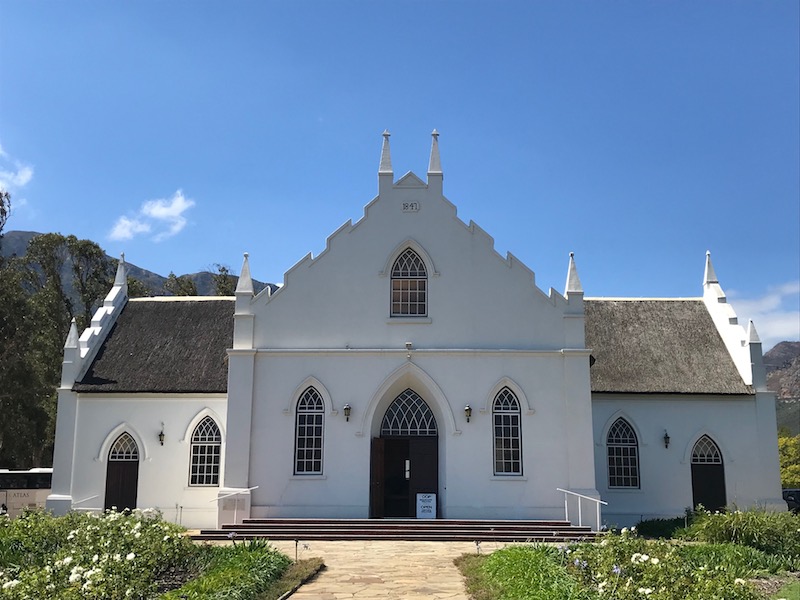
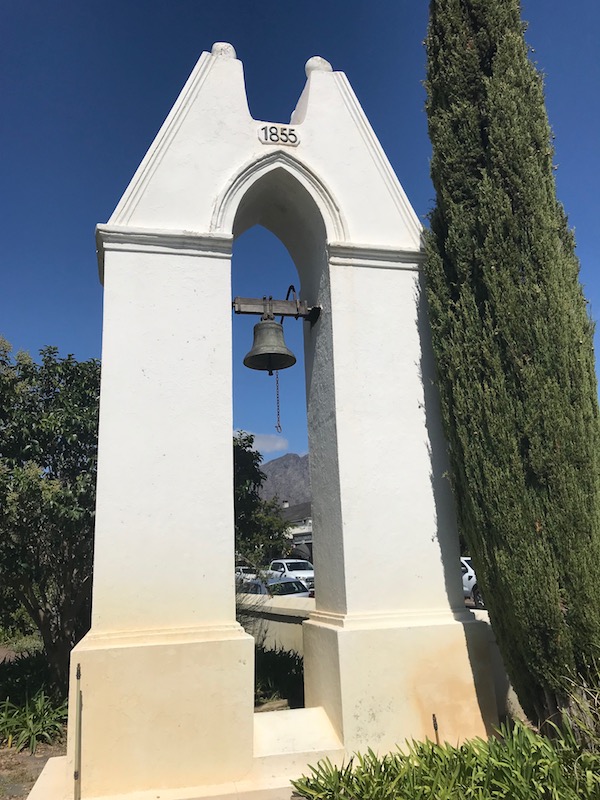

The area itself is very nice, with small mountains and lots of green. The Huguenots brought the knowledge of viniculture with them, which is why this area is one of the major wine producing regions.

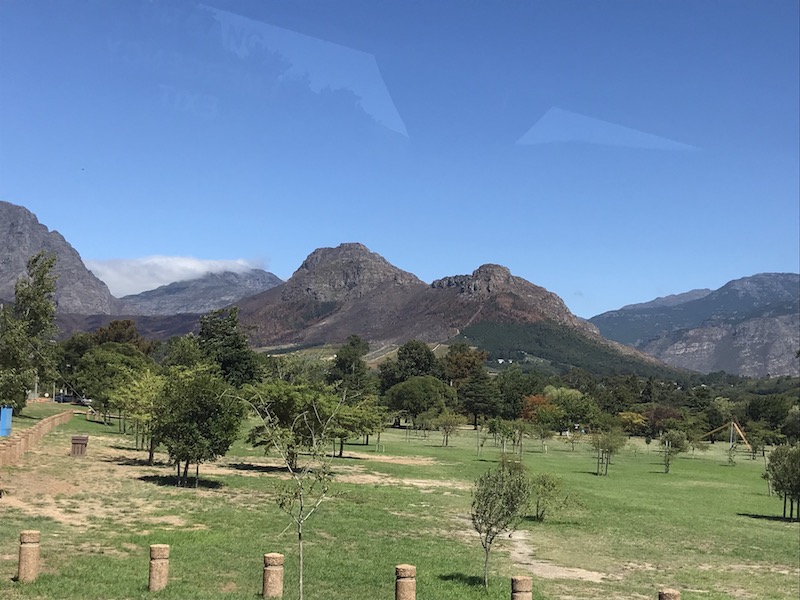
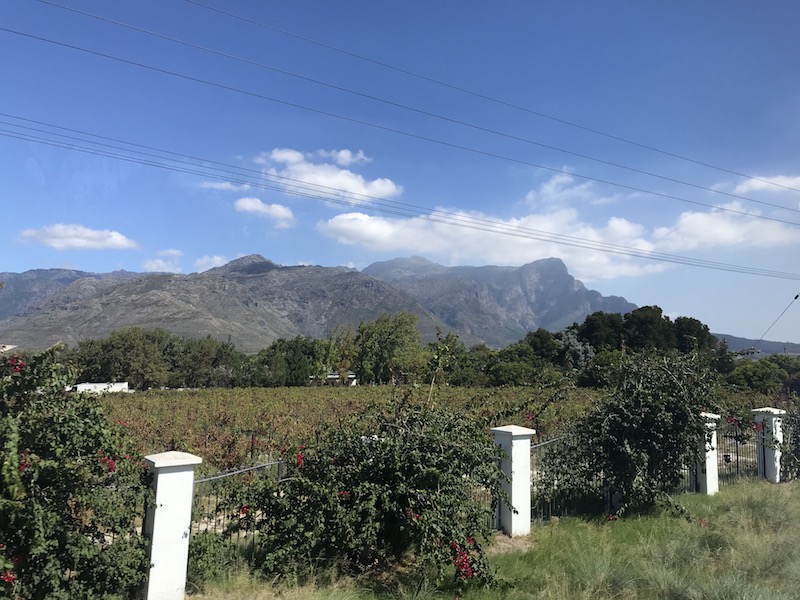

Next vineyard was Boschendal, which is located on the former Rhone Homestead, which dates back to 1795. This was a wine and chocolate tasting, with 4 wines and 4 chocolates (the little gold packets) that were created specifically for each of the wines.


Spier vineyards has these lovely mosaics outside as we entered. The wines here were quite nice. Some people may be wondering how much we bought ... in fact, nothing. In general, we wouldn't really be able to carry it back on the plane with us and only can bring 2 bottles in if we somehow shoved it in our checked baggage. But we did get the information on their EU-based importer, which is in Germany. We can order it directly from them and have it shipped to France.

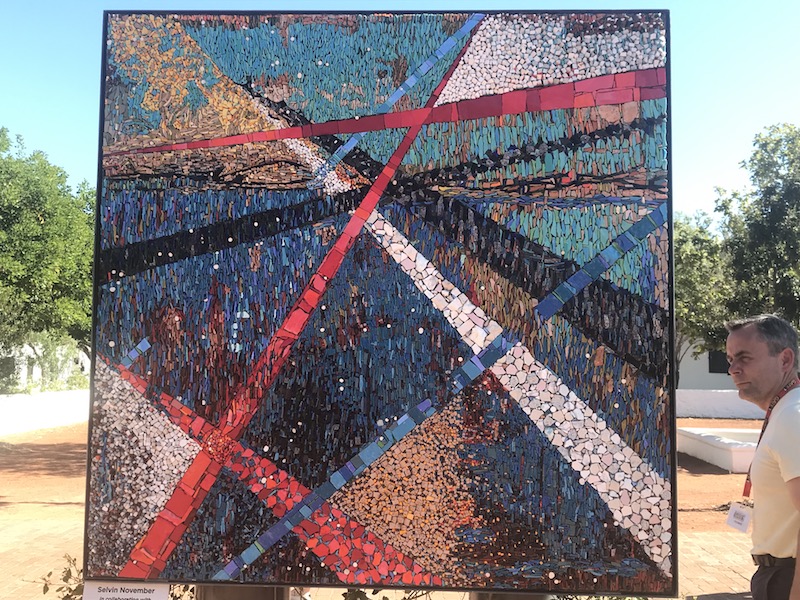

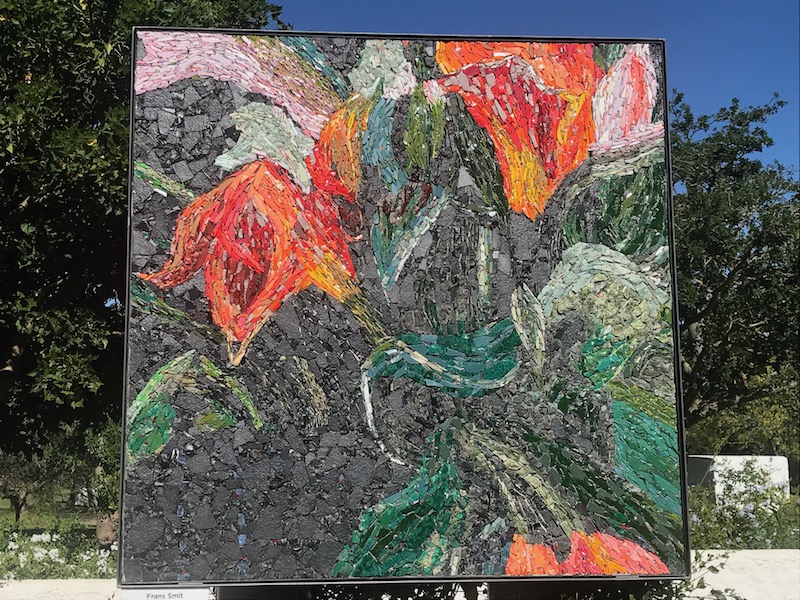
So as we were leaving, our guide mentioned that the concept of Apartheid actually started here in the wine region. Slaves were brought in from other parts of Africa, Madagascar, India, and Indonesia to work in the farms and vineyards of the Huguenots. In addition, many non-whites migrated to the area, and by the late 1800's, the non-white population outnumbered the white population. There was growing resentment amongst the white population and by the mid-to-late 1800's, the idea of "colored locations" or specific living areas for the non-white population, was starting to come up. Some of this was due to homeless and jobless former slaves that were beginning to just set up shacks to live next door to the white Huguenots. Mission stations were setup by charitable organizations that consisted of a church and school, and then small shacks for the poor to now live in. This inadvertently laid the basis of separate development, or segregated twin towns to every white town. So you would have, basically, a "white" wealthier town and then a "non-white" poor town. At this time, it was still possible to earn enough money to be able to move from one of the mission towns to the main town as their fortunes improved. Once the Apartheid regime came into power in 1948, they stopped this movement and made the separation between the main town and the mission town purely about color, and not wealth. The irony that our guide mentioned was that this start of the concept of Apartheid came in an area that was populated by people fleeing from persecution and they themselves eventually became the ones persecuting others.
This is one of the sad parts of the trip .... a discussion of Townships. There is still a pretty big gap between the poor and middle classes, as well as the elite upper class. There are lots of Townships setup on the outskirts of town, which are remnants of Apartheid. Basically, when non-whites were no longer allowed (by law) to live in the city, they were forcibly moved to shanty-towns (called Townships) on the outskirts. Most of these are made up of corrugated metal shacks with electricity (and satellite dishes) but no running water. The government is slowing building concrete homes for the people living in the townships that have running water.

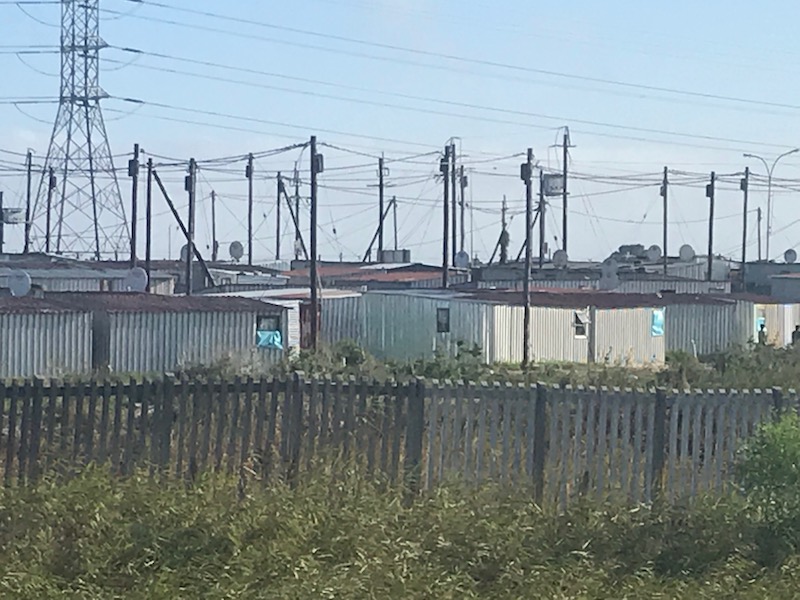

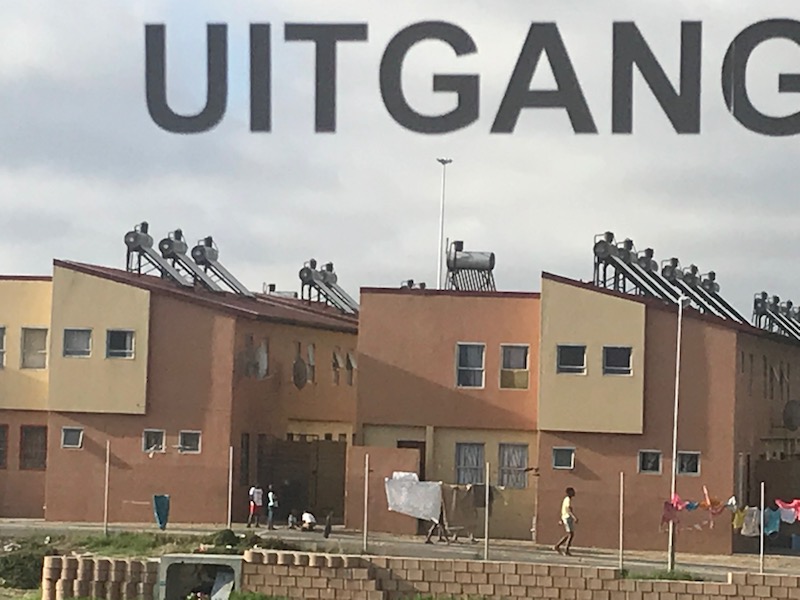
Again, sorry for the reflection from the bus windows, but you can see as we were coming back into town, there was still a nice band of clouds over the high peeks and Table Mountain.
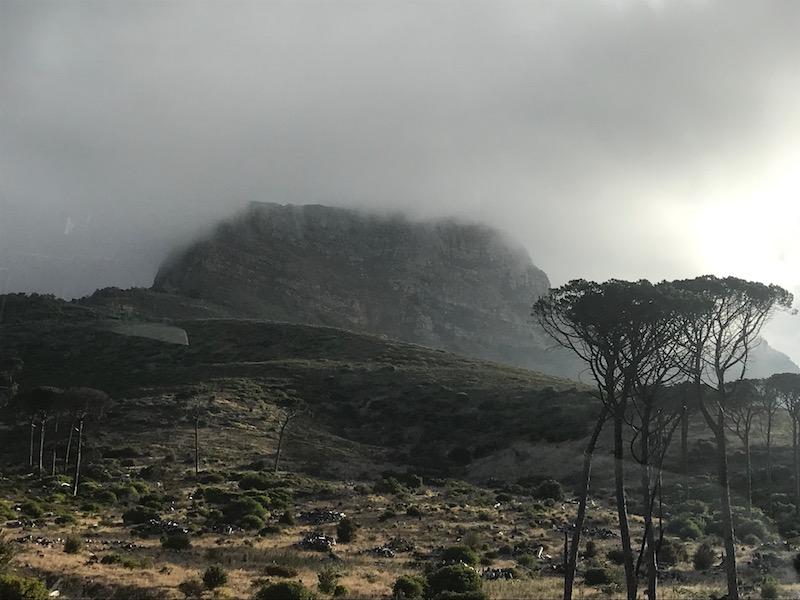
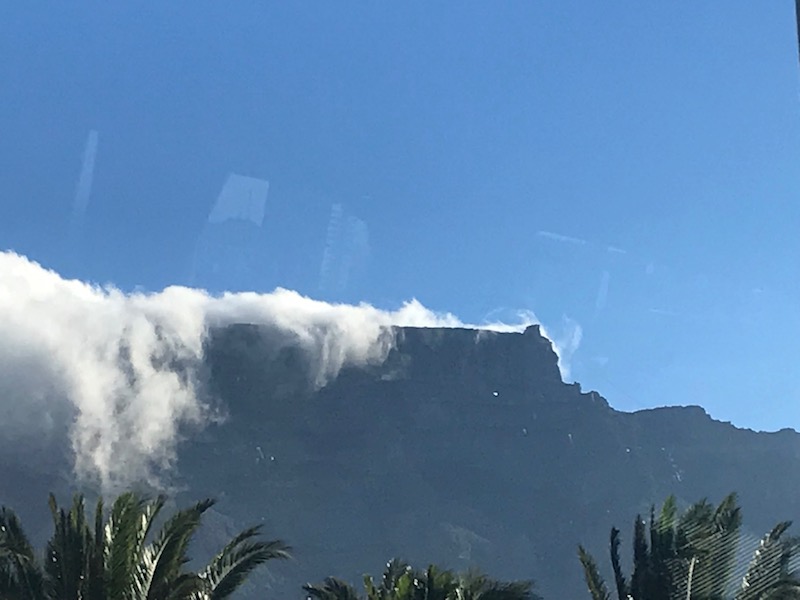

You can go back to the main Safari page or continue on to Day 5